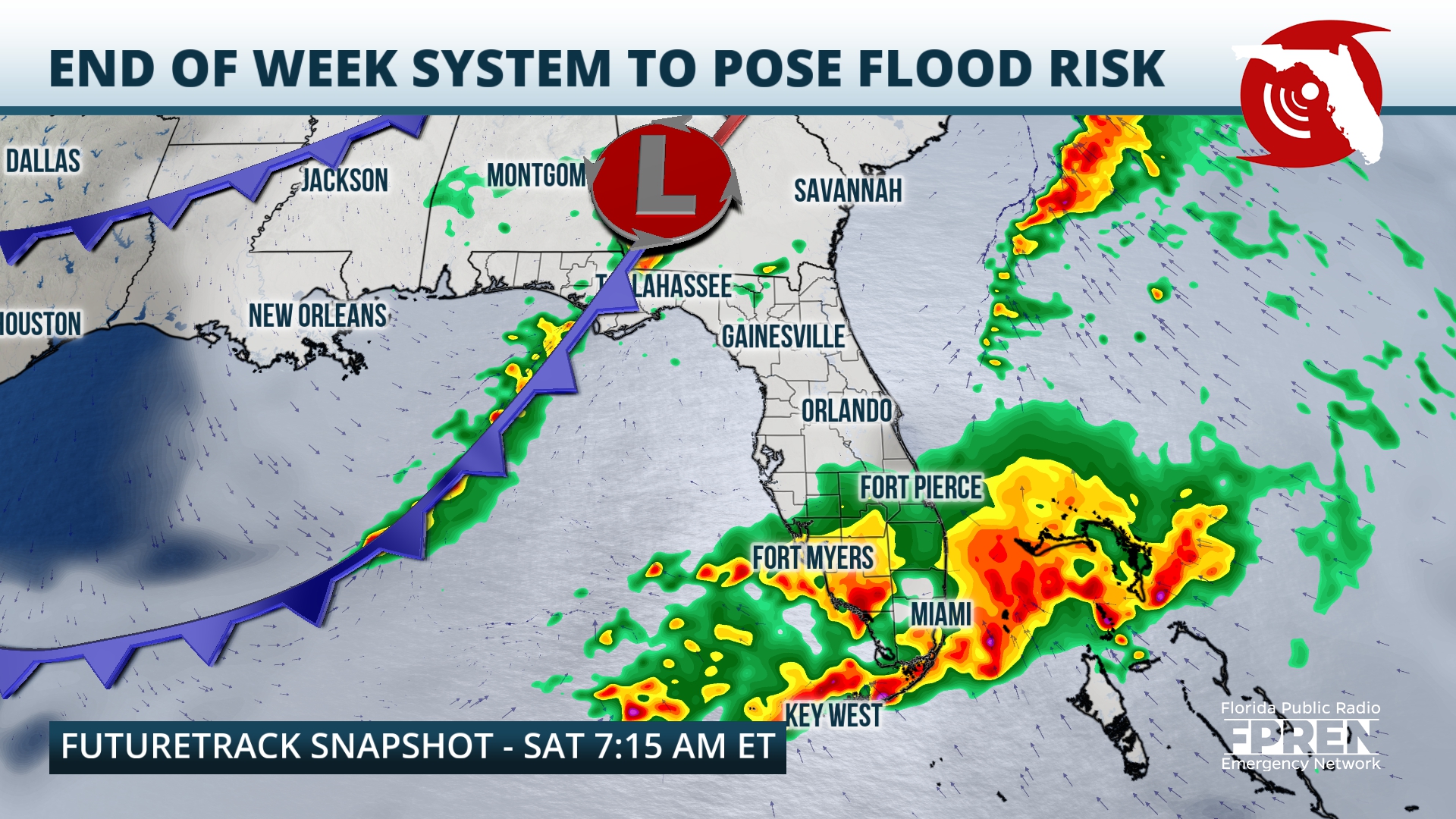Appointment of Michael Petersen as Deputy Director of Maui County Department of Environmental Management
Introduction
Michael Petersen, a professional with over 20 years of experience in public infrastructure, logistics, and community operations, has been officially sworn in as the Deputy Director of the County of Maui Department of Environmental Management (DEM). This appointment aligns with the department’s commitment to advancing Sustainable Development Goals (SDGs), particularly those related to sustainable cities and communities (SDG 11), clean water and sanitation (SDG 6), and responsible consumption and production (SDG 12).
Professional Background and Expertise
- Petersen previously served as Operations Manager for Waste Pro Hawaiʻi in Kīhei, where he led waste management operations on Maui.
- His role involved ensuring compliance with stringent environmental standards and fostering partnerships with local government agencies, supporting SDG 17 (Partnerships for the Goals).
- He has extensive experience in equipment sales, infrastructure development, and logistics management within the state.
- He holds certifications from the Solid Waste Association of North America in:
- Manager of Waste Collection Systems
- Manager of Landfill Operations
- Manager of Integrated Solid Waste Management
- His leadership was recognized with the 2013 Caterpillar President’s Award for outstanding sales performance and impactful public infrastructure project delivery.
Leadership and Community Impact
Mayor Richard Bissen emphasized the significance of Petersen’s appointment, stating that his experienced leadership is crucial for advancing the department’s mission to:
- Protect public health and safety (SDG 3: Good Health and Well-being)
- Preserve the environment (SDG 13: Climate Action; SDG 15: Life on Land)
- Maintain essential community infrastructure (SDG 9: Industry, Innovation, and Infrastructure)
Shayne Agawa, Director of DEM, highlighted Petersen’s practical expertise and community commitment, noting that his established partnerships will enhance the department’s service to residents and contribute to sustainable environmental management.
Educational Qualifications
Petersen holds a Bachelor of Arts degree in Communications from the University of Hawaiʻi at Mānoa, equipping him with strong communication skills essential for effective stakeholder engagement and public outreach, supporting SDG 4 (Quality Education).
Departmental Structure and Resources
The County of Maui Department of Environmental Management encompasses the following divisions, each contributing to the achievement of relevant SDGs:
- Solid Waste Division – focusing on sustainable waste management practices (SDG 12)
- Wastewater Reclamation Division – ensuring clean water and sanitation (SDG 6)
- Environmental Protection and Sustainability Division – promoting environmental stewardship and climate action (SDG 13)
For further information on DEM’s initiatives and services, visit the official website: https://www.mauicounty.gov/dem.
1. Sustainable Development Goals (SDGs) Addressed or Connected
- SDG 3: Good Health and Well-being
- The article highlights the mission to protect public health and safety through environmental management.
- SDG 6: Clean Water and Sanitation
- DEM’s division for Wastewater Reclamation relates directly to ensuring availability and sustainable management of water and sanitation.
- SDG 11: Sustainable Cities and Communities
- Maintaining essential infrastructure and community operations aligns with making cities inclusive, safe, resilient, and sustainable.
- SDG 12: Responsible Consumption and Production
- Solid Waste management and integrated waste management practices contribute to sustainable consumption and production patterns.
- SDG 13: Climate Action
- Environmental Protection and Sustainability efforts by DEM imply actions to combat climate change and its impacts.
2. Specific Targets Under Those SDGs Identified
- SDG 3 – Target 3.9: Reduce the number of deaths and illnesses from hazardous chemicals and air, water, and soil pollution and contamination.
- SDG 6 – Target 6.3: Improve water quality by reducing pollution, minimizing release of hazardous chemicals and materials, and increasing recycling and safe reuse.
- SDG 11 – Target 11.6: Reduce the adverse per capita environmental impact of cities, including waste management.
- SDG 12 – Target 12.5: Substantially reduce waste generation through prevention, reduction, recycling, and reuse.
- SDG 13 – Target 13.1: Strengthen resilience and adaptive capacity to climate-related hazards and natural disasters.
3. Indicators Mentioned or Implied to Measure Progress
- Indicator for SDG 3.9: Mortality rate attributed to household and ambient air pollution; incidence of diseases related to environmental pollution.
- Indicator for SDG 6.3: Proportion of wastewater safely treated; water quality parameters.
- Indicator for SDG 11.6: Municipal solid waste collected and managed in controlled facilities.
- Indicator for SDG 12.5: National recycling rate, tons of material recycled.
- Indicator for SDG 13.1: Number of deaths, missing persons and directly affected persons attributed to disasters per 100,000 population.
4. Table of SDGs, Targets and Indicators
| SDGs | Targets | Indicators |
|---|---|---|
| SDG 3: Good Health and Well-being | 3.9: Reduce deaths and illnesses from pollution and contamination | Mortality rate attributed to household and ambient air pollution; incidence of pollution-related diseases |
| SDG 6: Clean Water and Sanitation | 6.3: Improve water quality by reducing pollution and increasing recycling and safe reuse | Proportion of wastewater safely treated; water quality parameters |
| SDG 11: Sustainable Cities and Communities | 11.6: Reduce adverse environmental impact of cities including waste management | Municipal solid waste collected and managed in controlled facilities |
| SDG 12: Responsible Consumption and Production | 12.5: Substantially reduce waste generation through prevention, reduction, recycling and reuse | National recycling rate; tons of material recycled |
| SDG 13: Climate Action | 13.1: Strengthen resilience and adaptive capacity to climate-related hazards | Number of deaths, missing persons and directly affected persons attributed to disasters per 100,000 population |
Source: mauinow.com







